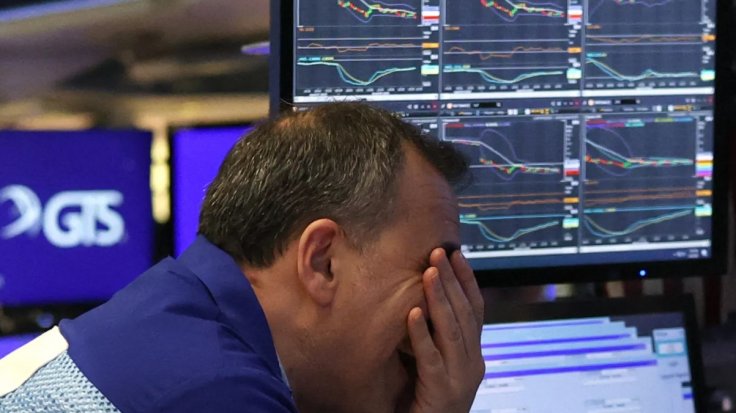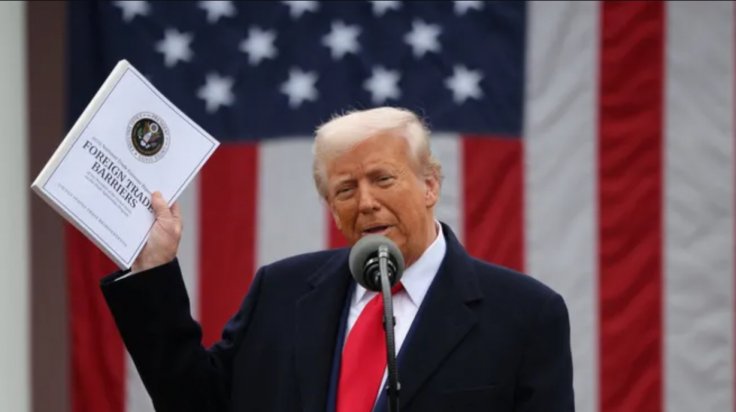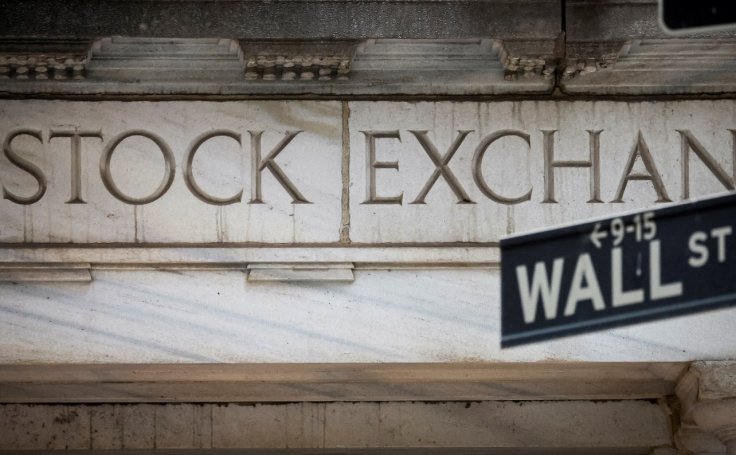Wall Street is on high alert, with fears mounting that Monday could repeat the 1987's devastating Black Monday — and that last week's market plunge might end up looking mild in comparison. Even though President Trump insisted on Sunday that global leaders are "dying to make a deal," U.S. stock futures have nosedived, along with major Asian market indexes.
The S&P 500, Nasdaq, and Dow — the three major stock indexes — are expected to open Monday with losses of up to 6 percent. Experts are warning that the staggering $6.6 trillion market loss from last week may have only been the beginning and Monday could prove to be the worst in years.
Bracing for Black Monday

During early Monday trading in Asia — which was still Sunday night in the U.S. — markets across the region saw steep declines. Japan's Nikkei index plunged by as much as 8 percent, while Australia dropped 6 percent, South Korea slid 5 percent, Taiwan nearly 10 percent, Singapore fell 8.5 percent, Hong Kong tumbled 10 percent, and China was down close to 5 percent.
Market commentator and CNBC host Jim Cramer issued a stark warning, saying the U.S. might be on track for another Black Monday-style crash.

The infamous 1987 market collapse, which saw a stunning 22.6 percent decline in just one day, still stands as the most severe single-day crash in modern financial history — far surpassing the turmoil of the 2008 financial crisis or even the sharp declines seen during the Covid-19 pandemic.
"If the president doesn't reach out and reward countries and companies that follow the rules, then the 1987 scenario... where we dropped for three days and then plunged 22 percent on Monday, becomes highly relevant," Cramer said during his show on Saturday.
The market downturn has already taken a toll on ordinary Americans' 401(k) accounts and other retirement funds. Investors are increasingly worried that rising tariffs could trigger a global economic slowdown.

U.S. stock futures — which typically give a solid preview of how markets will open — were volatile overnight after trading began at 6 p.m. ET on Sunday. By 9:30 p.m., contracts for the S&P 500 had fallen 4.2 percent, Dow Jones contracts were down 3.5 percent, and Nasdaq futures had tumbled 5.3 percent. They later began to recover some of those losses.
Panic Selloff Continues
These declines followed a massive sell-off in the two days after President Trump's Wednesday announcement of broad new tariffs affecting nearly 90 countries. Each of the major indices had already plunged at least 10 percent, marking the worst two-day loss in U.S. stock market history, with a staggering $6.6 trillion in company value erased.

Trump's new 10 percent "baseline" tariff officially took effect on Saturday, targeting all imports into the U.S. except those from Canada and Mexico. Starting April 9, even steeper tariffs are set to hit goods from 57 major trading partners, including the European Union.
On Sunday night, Trump rejected claims that he was deliberately provoking a market crash. He said that he couldn't predict how markets would respond and stressed that he wouldn't agree to trade deals unless America's trade deficits were addressed. "Sometimes you have to take medicine to fix something," he said of the market pain.
Some experts believe the market might try to stage a brief rebound. The sharp declines on Thursday and Friday dragged the S&P 500 down over 17 percent from its all-time high on February 19 — putting it within striking distance of a bear market, which is typically defined as a drop of 20 percent or more.









